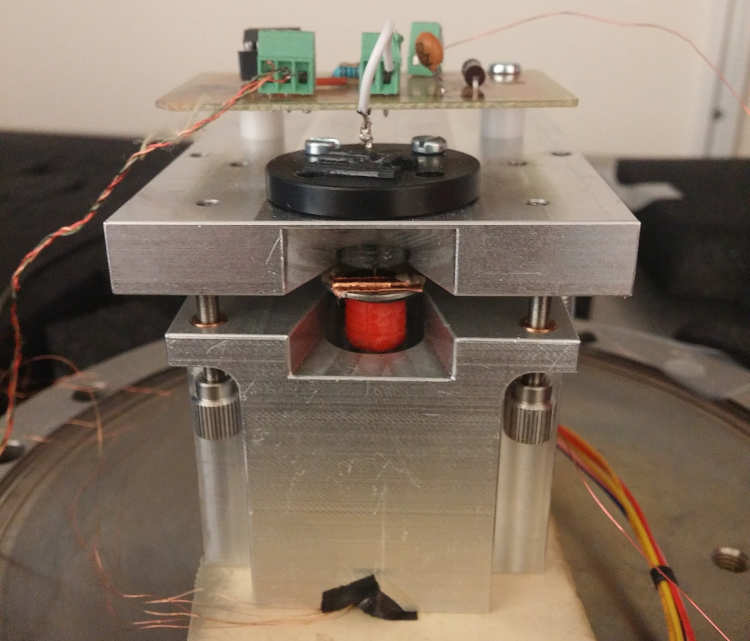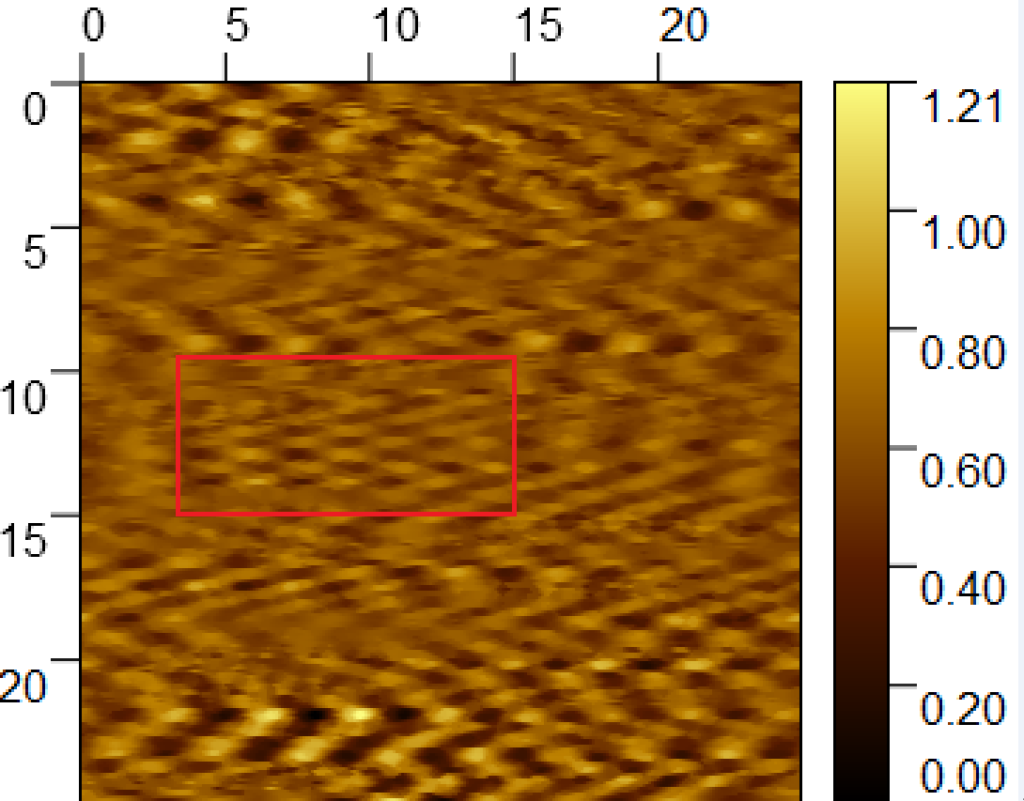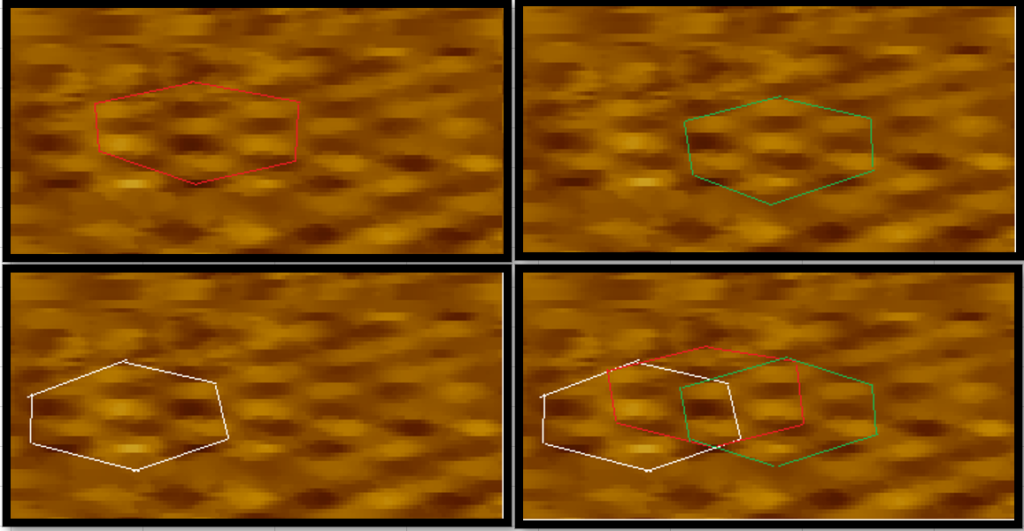As a bachelors project at my university I along with five other students made a special type of microscope called “scanning tunneling microscopy” (STM for short). The end goal was to try and see individual atoms. It involed many different subjects from physics to programming to electronics to control theory. The working principle is something called Quantum tunneling. If you are interrested in the working principles of this kind of microscope, watch this video.
So the microscope uses a really sharp tip made of iridum wire which we made our selves. Basicly any tip shape will work because the tunneling current that we are measuing comes to 90% from the outer most atom of the tip. So supringly we cut the tips ourselves with normal cutters with some dragging force. Then the sample must be able to be controled with atomic precision. This is done with a piezoelectric actuator. This is basicly a roudn tube that bends/shriks/extends very small and precise amout when a voltage is applied. In order to get an image we operate in what is called constant current mode. That means that we bring the probe so close to the sample that we get a tunneling current and then we use an arduine as PI-controler to adjust the z-axis of the piezo actuator to keep it constant (you have to be so close to the surface that active control is needed even when the STM is stationary. This is because of the very slight thermal expansion that constantly happens and some random movements of the atoms.) Then to get a picture of the surface you just scan the sample in the x and y-dircetion and record what the voltage of the z-axis was and such you get coordinates that exacly reprecent the surface since the probe has followed an exact path of the surface of the sample.

Here are some of our best images. The first ones are of a gold sample. When you are imaging at this level you measure distances in Ångström which is 0.1nm. The last ones is where we tried so see atoms.

Gold at 3000Å 
Gold at 2000Å 
Gold at 1000Å 
Gold at 400Å 
Here we think we saw a few raw atoms through all of the noise 
Because if you zoom in you se this hexagonal pattern which you expect to see in graphite